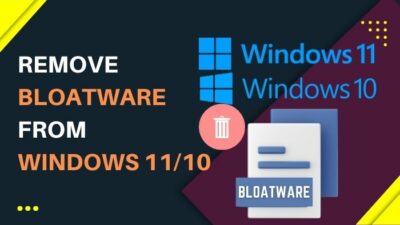IIS, short for Internet Information Services, is a Microsoft version of a web server.
To operate any kind of server like FTP, ASP.NET or local and remote management on your Windows 10, you need to keep the IIS feature enabled on your OS.
Do you want to know how to do that? Then, tag along. Here I will explain three different methods to enable Internet Information Services in Windows 10. Let’s begin.
Let’s begin.
How to Enable IIS in Windows 10
The interesting fact about IIS is that it’s pre-installed with Windows and is deactivated by default. That’s why it is available for free with Windows Server. Since it’s a user-friendly GUI, many prefer IIS over Apache or NGINX and take full advantage of Microsoft Stack.
The process of turning IIS on is very simple and straightforward. These methods work not only on Windows 10 but also on other operating systems like Windows 8, Windows 8.1, and Windows 11. Let’s see how it’s done.
Follow our guide to fix cFosSpeed driver preventing Windows 11 installation.
Here are the steps to turn on IIS in Windows 10:
From Windows Feature
- Click on the Windows search icon.
- Type Turn Windows features on or off and hit Enter.
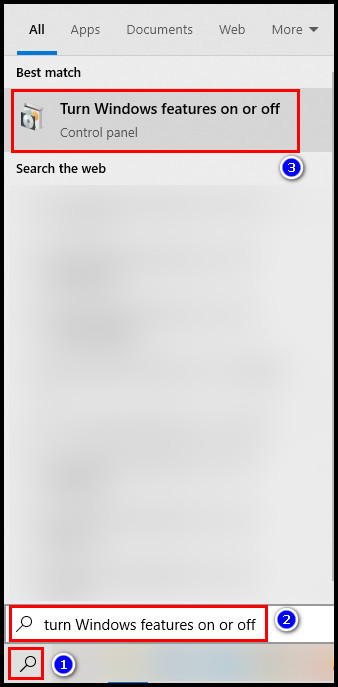
- Check the Internet Information Services and press OK.
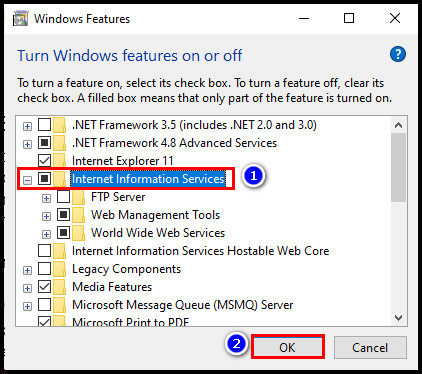
- Wait until the installation process is complete.
- Click Close.
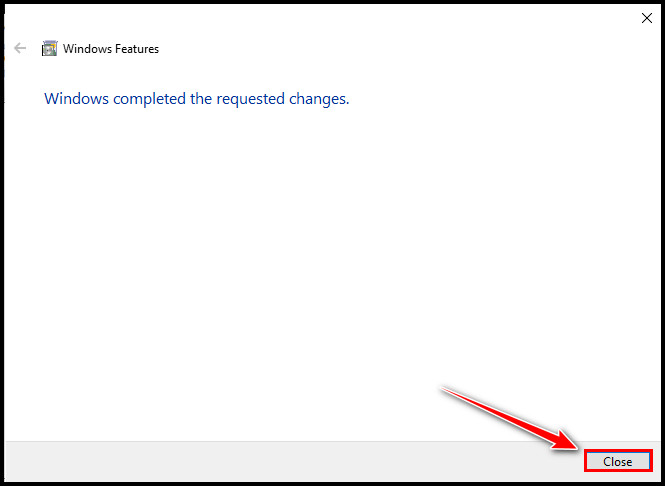
- Restart your PC.
From Command Prompt
- Go to the search bar.
- Type Command Prompt and select Run as administrator.
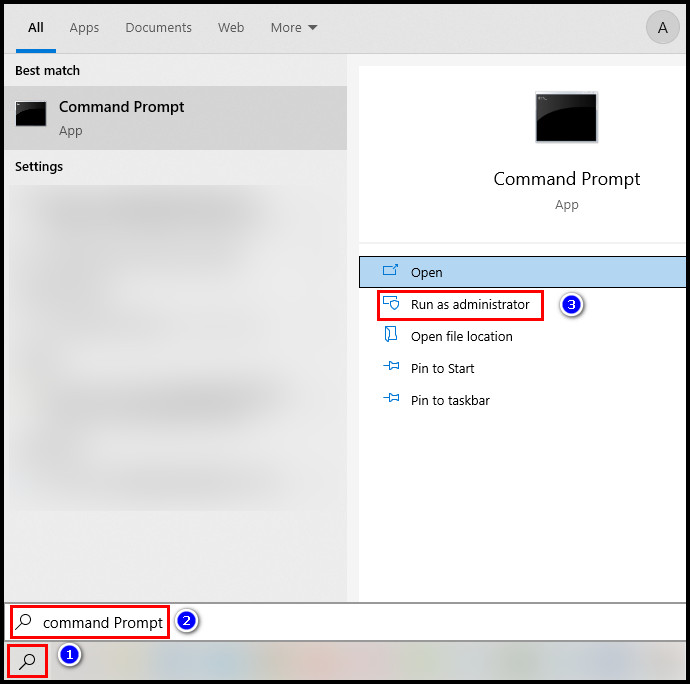
- To see available IIS features, type DISM.exe /Online /Get-Features | find “IIS” and press Enter.
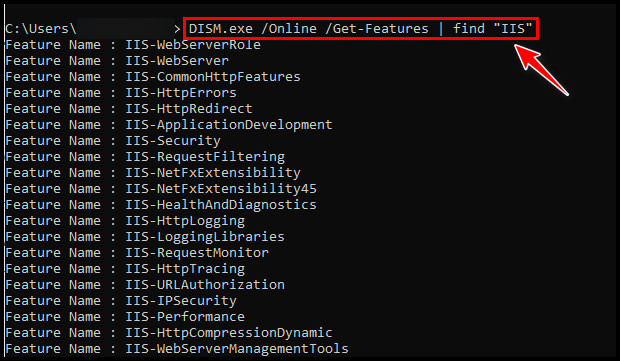
- Type Dism /Online /Enable-Feature /FeatureName:IIS-DefaultDocument /All and hit Enter to install the default features of IIS.
- Type Y and hit Enter to restart the PC.

The installation will be finished once the PC reboot. See our most recent article if you want to change the command prompt’s color and font.
From Windows PowerShell
- Right-click on the Windows icon and select Windows PowerShell(Admin).
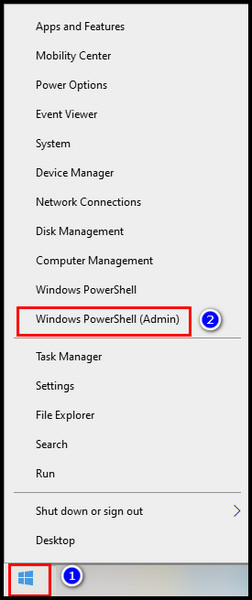
- Copy and paste the following command and hit Enter to see the list of IIS features.
- Get-WindowsOptionalFeature -Online | Where-Object {$_.FeatureName -like “IIS*”} | Format-Table
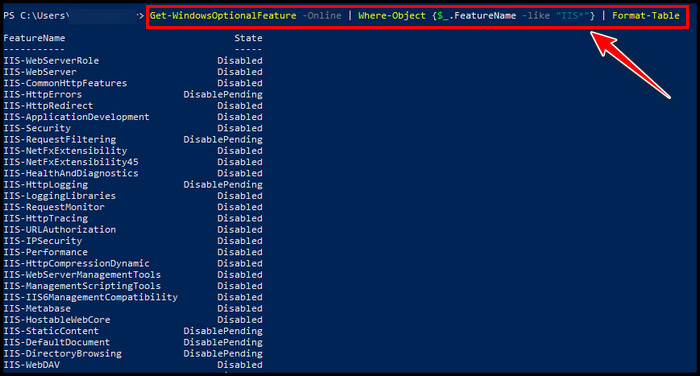
- Get-WindowsOptionalFeature -Online | Where-Object {$_.FeatureName -like “IIS*”} | Format-Table
- Type the following command and press Enter to install all the default IIS features.
- Enable-WindowsOptionalFeature -Online -FeatureName “IIS-DefaultDocument” -All
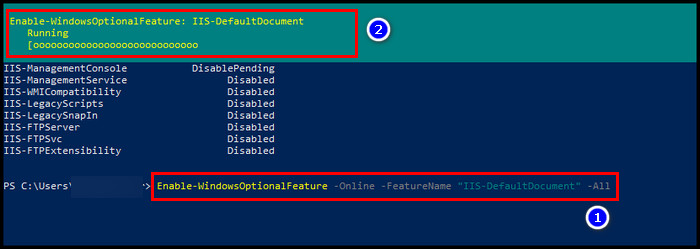
- Enable-WindowsOptionalFeature -Online -FeatureName “IIS-DefaultDocument” -All
- Type Y and hit Enter. The PC will take a restart to complete the installation process.

After the restart, you can use Internet Information Services(IIS) Manager without any trouble.
Read more on should you re-install Windows with a new CPU?
FAQs
How do I know if IIS is installed?
To know whether IIS is installed or not, go to the search icon and type Internet Information Services(IIS) Manager there. If the application shows there, it means the IIS has successfully been installed on your PC.
Where is IIS in Windows 10?
To locate IIS in Windows 10, type Administrative Tools on the Windows search bar. There you will see the Internet Information Services(IIS) Manager application.
Is IIS included with Windows 10?
Yes, the latest version of IIS 10.0 is included with Windows 10. It is also added in the Windows Server 2016.
Conclusion
Using the IIS, you can effortlessly make your own website. But before you start using Internet Information Services, ensure it runs properly. If you face any trouble, uninstall the IIS completely and reinstall the application by following any of the three methods.
Hope you have installed IIS on your Windows 10 and are using it without any complications. Don’t hesitate to ask any questions in the comment section. I will gladly answer them.
Peace!


